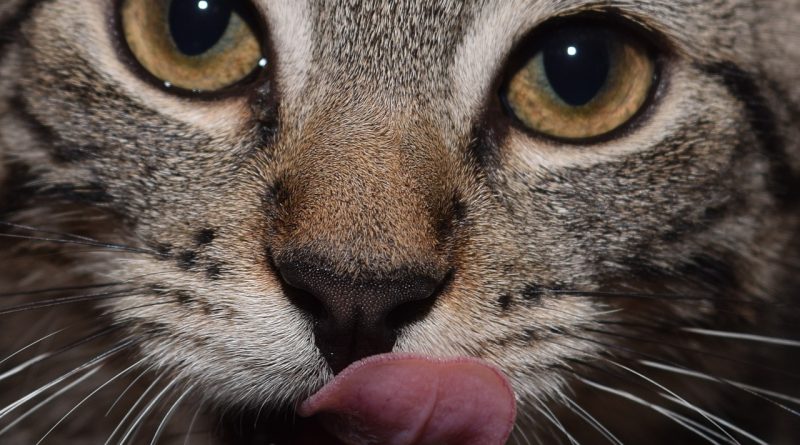Too hot? Too cold? Keeping your pet’s food temperature just right
Anyone who has lived with a cat or dog with medical issues knows that maintaining a good appetite can be challenging and that weight and muscle loss can occur as a result. Reduced food intake is not only distressing to owners but also has negative effects for the pet. When healthy pets lose weight, they mostly lose fat. However, elderly pets or pets with medical issues that lose weight mostly lose muscle. Muscle loss is bad for pets (as it is for people) because it can reduce strength, immune function, and wound healing, and can even shorten a pet’s lifespan.
Many things affect pets’ appetite and food intake, such as sense of smell and taste, food properties (nutrient levels, aroma, flavor, texture), medical issues, dental disease, pain, competition between animals, and medications. Many chronic diseases, such as heart or kidney disease, can affect appetite. But even healthy older animals can have reduced appetite. Older people’s less sensitive taste and smell perception can reduce appetite; while we suspect this also occurs in dogs and cats as they age, this has not been well studied. One approach to helping animals’ appetite is to adjust the temperature of the food.
An interesting study was published recently in the Journal of Veterinary Behavior.1 Researchers studied older cats’ preferences for wet foods at different temperatures. Thirty-two healthy older cats took part in the study. All cats were over 8 years of age (up to 14 years, with an average age of 11 years). This was a carefully-designed study using a single “chunks in gravy” style commercial canned food. The temperatures tested were 43°F (the temperature of food coming out of the refrigerator), 70°F (room temperature), and 99°F (warmed). Cats were tested in a two-bowl test where they could select the food they preferred in two side-by-side bowls so that the same food at different temperatures could be compared.
As a group, cats preferred the room temperature food to the cold food, but preferred the warmed food most of all. However, what was interesting to me was that there was a lot of individual cat variation, with some cats preferring the cold food to the room temperature food or even to the warmed food! This has been my clinical experience with both cats and dogs, with some preferring warmed food, some preferring room temperature food, and some preferring cold food. And these preferences may change as pets age and depending on their health.
There are a number of possible reasons for the overall preference for warmed food in the older cats in this study. The investigators also tested changes in food smells, and found some differences based on the foods’ temperature. Therefore, the overall preference for warmed food could be due to a stronger smell or a more pleasant smell (at least to the cats).
While interesting, these results may not be the same for all types of food or all cats. The study only tested one wet food so different flavors or consistencies of wet food may have different results. In addition, the study was conducted in cats that live in a research colony so it should be repeated in pet cats, but I suspect the results will be similar.
The authors concluded that warmed food may help to encourage older cats to eat, but I think their results also showed that cats (and dogs) are individuals. Therefore, I recommend experimenting with different temperatures for wet food to see which one your pet prefers (don’t forget to test the temperature of warmed food on your wrist before feeding to ensure it is not so hot that it could risk burning your pet’s mouth). Every pet is different in terms of what tips work best to encourage them to eat, especially when they have medical conditions. Also, many people assume that all pets prefer wet food to dry food but that isn’t always the case. Some dogs and cats don’t like (or even refuse to eat) wet food, so don’t forget to try dry food as well if your veterinarian approves.
We have a lot to learn about ideal nutrition for older pets, so this was a welcome study that provides information to help us better maintain optimal body composition which is an important goal in older pets and pets with medical conditions.
1Eyre R, et al. Aging cats prefer warm food. Journal of Veterinary Behavior 2022;47:86-92.

